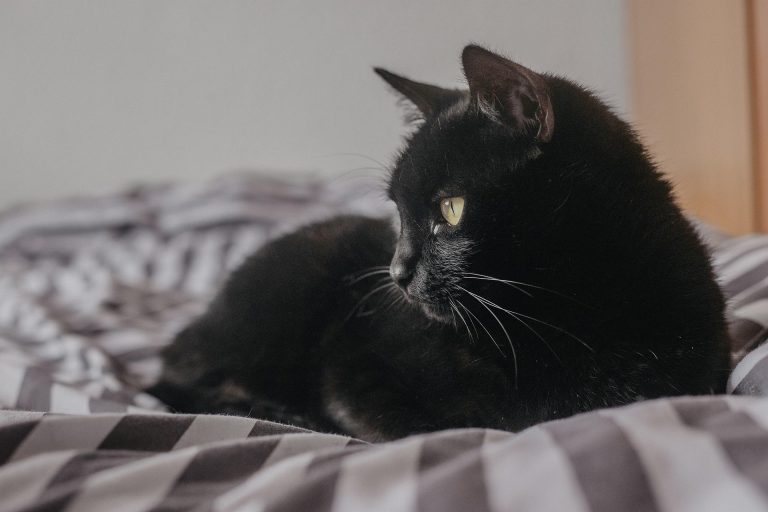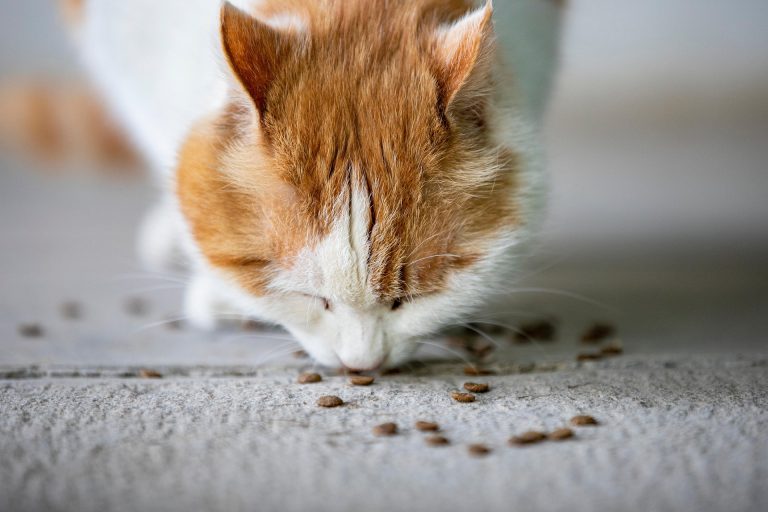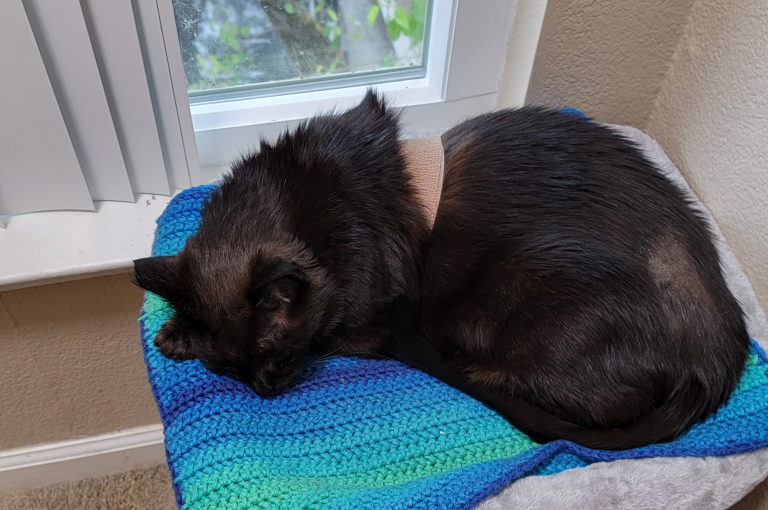Hypoglycemia—low blood sugar—is one of the most dangerous complications of insulin use in diabetic cats. It can occur when too much insulin causes the body to continue processing glucose, dropping blood sugar to unsafe levels. This condition can become life-threatening very quickly. Fast action and basic at-home treatment knowledge can make the difference between life and death.

The Importance of Home Testing
Home testing your cat’s blood glucose can help prevent hypoglycemia by giving you a clearer picture of how your cat is responding to insulin. While some cat parents feel home testing isn’t necessary in a well-regulated cat, many experienced caregivers and vets now consider it essential. Veterinary research supports home monitoring, and it has become a standard recommendation among knowledgeable professionals.
That said, no online guide can replace your veterinarian’s advice. Always talk to your vet about how to prevent and manage hypoglycemia before a crisis happens.
Recognizing the Symptoms
Early symptoms of hypoglycemia may include unusual hunger—or, conversely, a sudden refusal to eat—along with restlessness and fatigue. As the condition worsens, signs can escalate to head tilting, shivering, staggering, or problems with vision. Disorientation, such as walking in circles, hiding, or yowling, may follow. In severe cases, cats may suffer seizures or even lose consciousness.
Not every cat will follow the textbook pattern. Some may appear unusually sleepy, vomit, drool, or have glassy eyes. The most important thing is to stay aware of what’s normal for your cat, and respond to anything that feels off.
Treating a Hypoglycemic Episode
If your cat shows signs of hypoglycemia, stay calm and act quickly. The goal is to raise blood sugar back to a safe level. The fastest way to do this is by applying a sugar solution—such as corn syrup (Karo), honey, or maple syrup—directly to the inside of the mouth. Cats don’t need to swallow it; glucose is absorbed through the mucous membranes of the gums and tongue.
If your cat is conscious, rub a small amount of syrup on their gums or under the tongue. In an unconscious cat, this is especially important—but take care not to block their airway. Also, watch your fingers—never put them inside the mouth of a seizuring pet.
Sugar works quickly, but its effects wear off fast. Once your cat is stable, offer food to help maintain blood glucose at a safe level. Continue monitoring closely in case symptoms return.

Guidelines by Severity
If your cat is mildly hypoglycemic, you may be able to resolve it simply by offering regular food or treats. If they refuse to eat, you can try a small amount of syrup.
In moderate cases, apply syrup and then offer food. You can drizzle the syrup over dry food or mix it into wet food. Most cats need about one tablespoon. If they won’t eat, rub the syrup on the gums and cheeks. Continue watching them for several hours to ensure symptoms don’t return.
For severe hypoglycemia, especially if your cat is seizuring or unconscious, act immediately. Rub small amounts of syrup into the cheeks and gums, making sure not to pour liquid into their mouth or let them choke. Never put your fingers inside a seizuring pet’s mouth. Once stabilized, call your vet without delay.

After the Episode
Any time your cat experiences hypoglycemia, contact your veterinarian. Your cat’s insulin dose may need to be adjusted to prevent future episodes. Your vet may recommend running a blood glucose curve to reassess how your cat is processing insulin.
Be Prepared
Hypoglycemia can come on suddenly—even in a cat that seemed fine minutes earlier. You don’t want to be digging for sugar or looking up instructions in the middle of a crisis. Keep printed emergency treatment steps handy, and always store glucose sources in the areas where your cat spends time. If you’re traveling or leaving your cat with a sitter, leave detailed instructions and place glucose products in plain sight.

Recent Blogs
Post on The Forum
If you’re dealing with a hypoglycemic episode, don’t do it alone. Our forum has experienced members online 24/7 who can guide you through what to do. Many have handled hypos themselves and can walk you through it step by step—often within minutes of posting.








